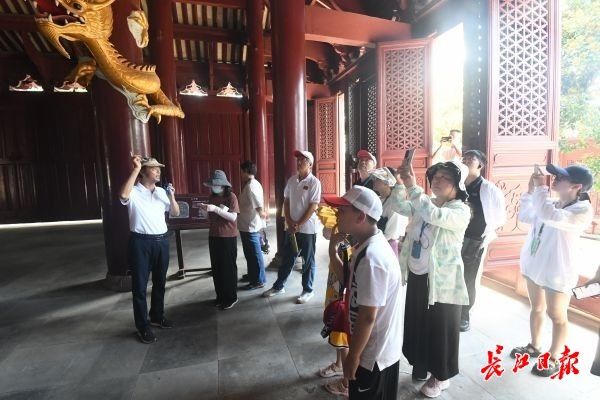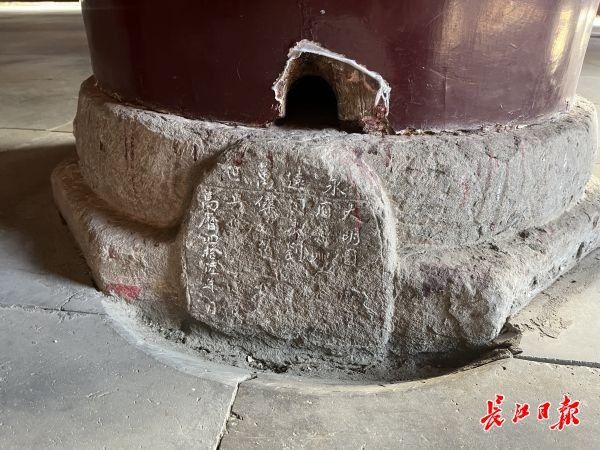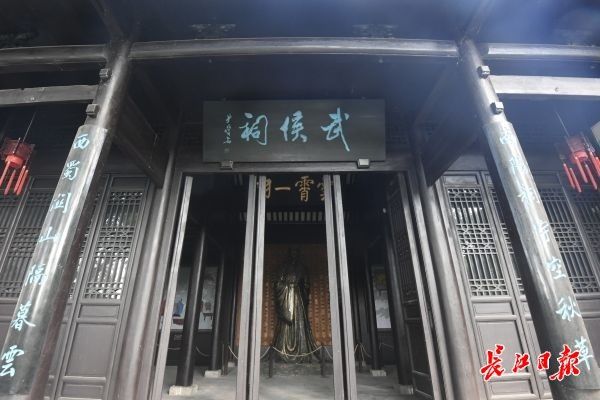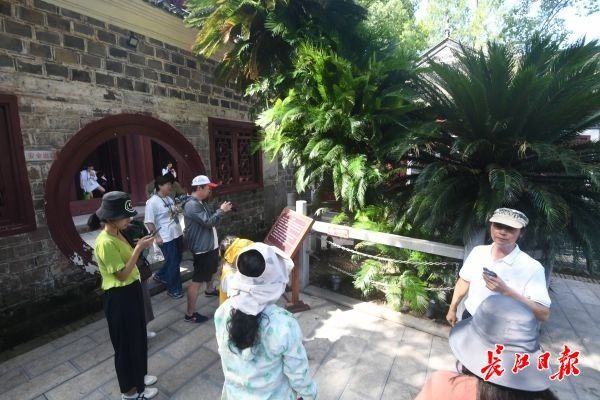Yangtze River Daily, Wuhan Client, August 3rd (Reporter Wang Weiqi) “Huangling Temple is a treasure house of poetry and prose written by poets and writers of the Three Gorges for more than 1,000 years. The oldest, largest and best-preserved ancient building complex commemorating Dayu’s opening of the river and water control is a treasure trove of water control culture in the Three Gorges of the Yangtze River.”
On the afternoon of July 28, “Understanding China along the Yangtze River ——The delegation from Yijing and Jing Metropolitan Circle “Traveling the Yangtze River for Thousands of Miles in Hubei Province” came to the Huangling Temple in Sandouping Town, Yiling District, Yichang City, Hubei Province. Li Zhizheng, former director and associate research librarian of Yiling District Cultural Relics Management Institute in Yichang City, introduced.
“There are still temples in the Yellow Tombs throughout the ages, and the natural paintings are especially strange.” “Thousands of miles of fright have not been achieved, but the Huangling Tomb is roaring in the sound of partridges.” “Seeing that the Three Gorges of the Yellow Ox are exhausted, the pitiful Qiu He is full of chests. “…Li Zhizheng introduced that Zhang Penghe, a famous minister of the Qing Dynasty, entered and exited the Three Gorges of the Yangtze River many times, stopped the boat and stayed at the Huangling Temple and chanted.

The visiting group entered the Huangling Temple to learn about the millennium culture of the Yangtze River. Photo by reporter Li Ziyun
Huangling Temple is 35 kilometers away from the Gezhou Dam of the Yangtze River at the bottom and 7 kilometers away from the Three Gorges Dam, the world’s largest hydropower high dam. It is a millennium between two world-class dams. ancient temple.

The seven-inch stele under the pillars in the Palace of King Yu, the year recorded at this moment: “Wanli Forty-six year”. Photo by reporter Wang Weiqi
The 36 nanmu pillars in the Palace of King Yu have traces of flooding, as if it happened yesterday. Xu Enqi, a member of the visiting group and a freshman from the School of Information and Security Engineering of Zhongnan University of Economics and Law, looked up at the ancient temple and said, “As someone who has always lived in the city, I don’t have a deep memory of the flood. Here, I can feel the To the ancient people’s reverence for the Yangtze River and the courage to fight the flood.”
“Wushan is surrounded by the blue sky, and the water is flowing with Ruozi.” Zhou Yongyi, a member of the visiting group and a sophomore at the School of Foreign Languages of Hubei University of Technology, likes to read Li Bai’s poems. , When he came to Huangling Temple, he couldn’t help but think of Li Bai’s “Up the Three Gorges”.

Wuhou Temple in Huangling Temple. Photo by reporter Li Ziyun
“At the Huangling Temple, the god of oxen was worshipped before, and Zhuge Zhongwuhou was worshipped later.” Li Zhizheng told that the Wuhou Temple in the Huangling Temple was built in the year and year. To be tested, it is said that Zhuge Liang still presided over the restoration of the Huangling Temple in the rush of military planes, and wrote a tablet, etc., so that the story of the ox god helping Dayu to open the river and control the water can be passed on to future generations. According to legend, there is a thousand-year-old iron tree in the temple. Zhuge Liang was planted, dating back to 1800.

The members of the delegation listened carefully to Li Zhizheng’s introduction to the Millennium Iron Tree. Photo by reporter Li Ziyun
“The temples of King Yu and Dayu that commemorate Dayu’s flood control along the Yangtze River are innumerable.” said Zhang Xuebiao, secretariat of the Hubei Provincial National Cultural Park Construction Expert Advisory Committee. It may not be history, but the truth contained in the story has established the philosophical thinking of Chinese civilization on the cognition of natural ecology.
“This is the originator of hydrological records.” Netizen “practitioners” commented on Huangling Temple.
[Editor: Yao Hao]
[Source: Changjiang Daily – Changjiang Net]